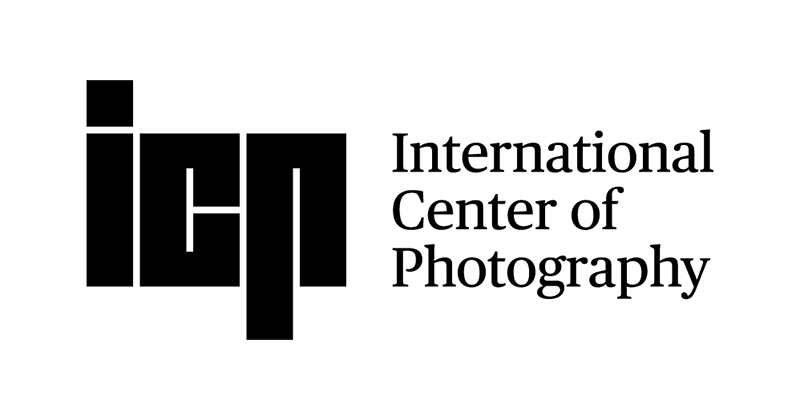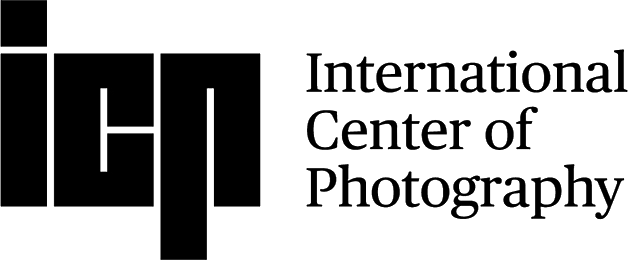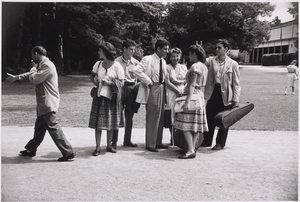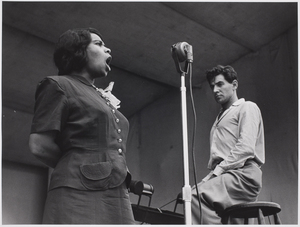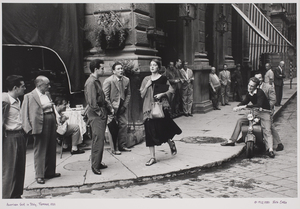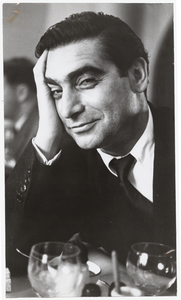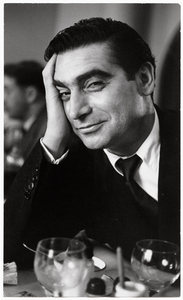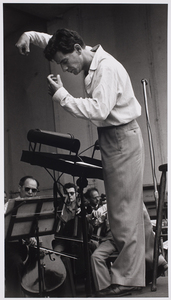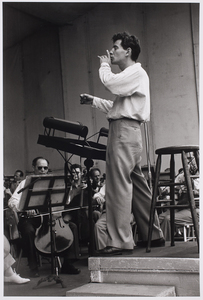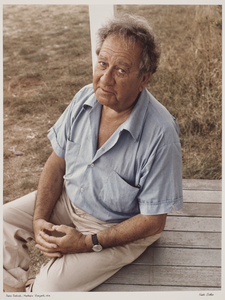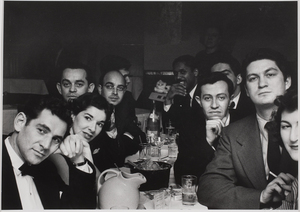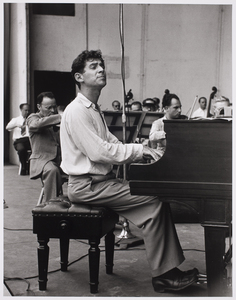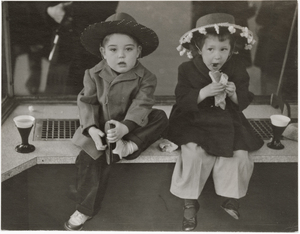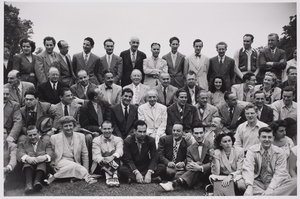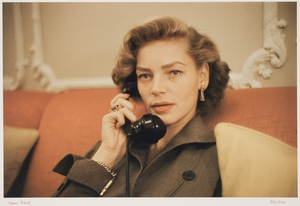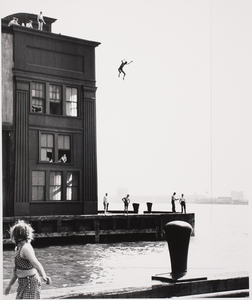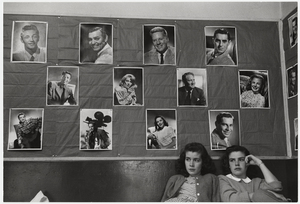Boston-born Ruth Orkin grew up in Los Angeles, and the movie industry and music were both formative influences. She attended Los Angeles City College briefly in 1940 before becoming the first female studio messenger ever hired at Metro-Goldwyn-Mayer in the early 1940s; but with no hope for promotion, she joined the Women's Auxiliary Army Corps, tempted by the promise (empty, as it turned out) that she would be taught cinematography. After completing her service in 1943, she moved to New York and worked as a nightclub photographer. Orkin honed her skills in portraiture by spending the summer of 1946 documenting the Tanglewood Music Festival; later that year, LOOK published her first major photo essay, "Jimmy, the Storyteller." She sent the series to Edward Steichen at the Museum of Modern Art in 1947, and he subsequently included her in every group photography show at the museum until his retirement, including the great 1955 exhibition, The Family of Man. Orkin married photographer Morris Engel in 1952, and the couple collaborated on a prize-winning film, Little Fugitive. Their filmmaking endeavors continued through the mid-1950s, and while Orkin continued to photograph, she admitted that still photography "held little interest" after her experience of making a film. Her views of Central Park, taken from her apartment, were published in the 1978 book A World Outside My Window.
Orkin's photography is a celebration of fearlessness and vitality. While she accepted specific assignments from The New York Times and various magazines, she also had the freedom to work independently, creating photo essays and photographing famous people with the knowledge that she would be able to sell the resulting work. Like a film director, Orkin created images that appear to be private moments, and lends a Hollywood-style personality to her subjects and landscapes.
Meredith Fisher
Handy et al. Reflections in a Glass Eye: Works from the International Center of Photography Collection, New York: Bulfinch Press in association with the International Center of Photography, 1999, p. 224.
